From 145 to 65 M.a, the Cretaceous is the most famous geological period thanks to great predators such as Pterosaurs, Tyrannosaurs or Velociraptors.
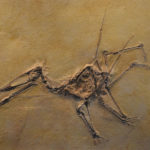
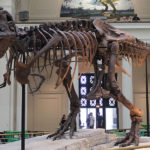
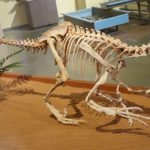
The Cretaceous beginning
The village of Berrias-et-Casteljau is known by geologists since 1875 thanks to the discovery of a typical Lower cretaceous geological limestone layer (Berriasian stratotype).
Haquel and Hgula (Lebanon) fossil sites
In the north of Beirut, since Louis XIV, limestones have been exploited for fossils. 95 millions years ago. Large rains precipitated alluvial deposits in the sea and caused an overabundance of microalgae which captured all the oxygen and caused the death of these animals.
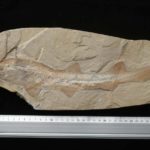
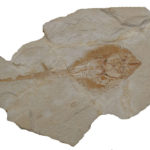
Liaoning site (China)
The feathered dinosaurs and first beaked birds make the reputation of this 125 M.y site. 18 Volcanoes had periodically emitted toxic gases and ashes asphyating and burying living beings in a lacustrine environment.
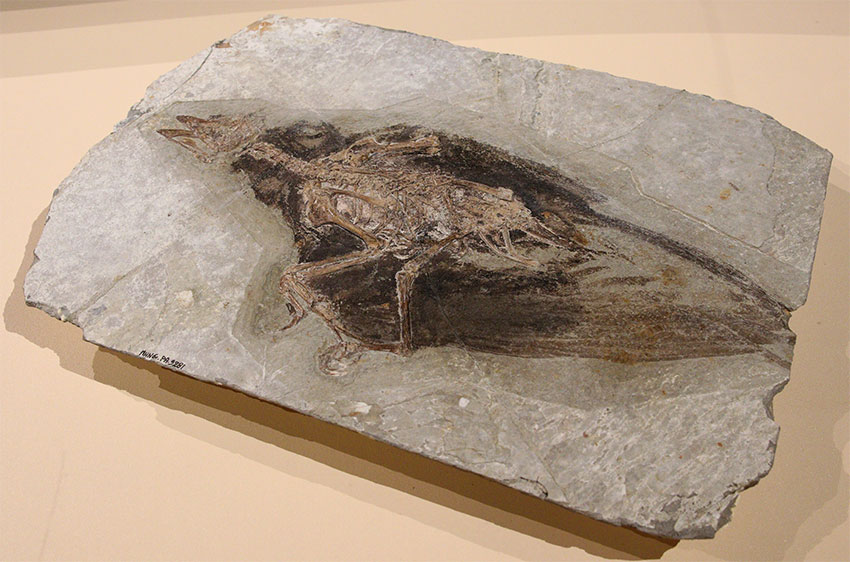
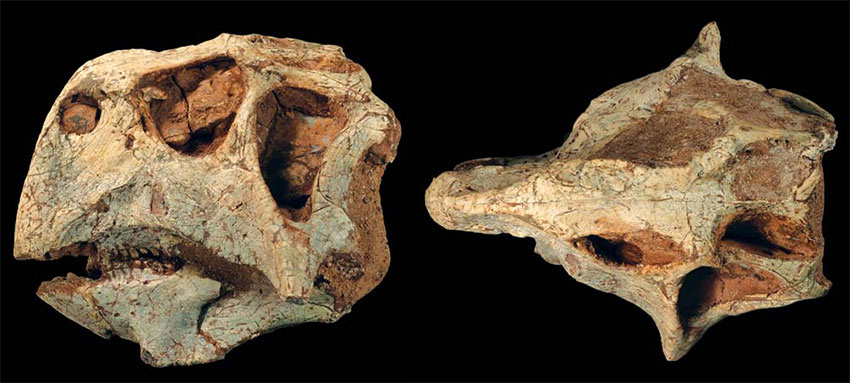
Crato site (Brazil)
The use of limestone as pavement led to the remarkable discovery of 112 to 125 myo fossils. The site contains many highly preserved arthropods as well as the first flowering plants (angiosperms).
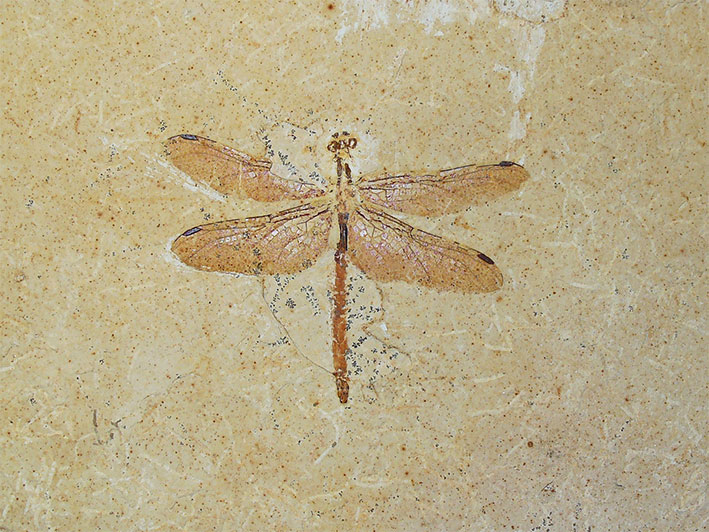
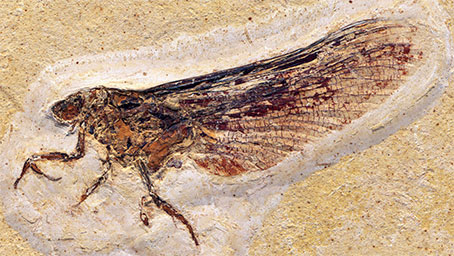
The Cretaceous end
The Cretaceous end is marked by the extinction of big dinosaures and big marine reptiles. It is due to a gigantic impact of a meteorite that caused a lot of rock ashes in the atmosphere.